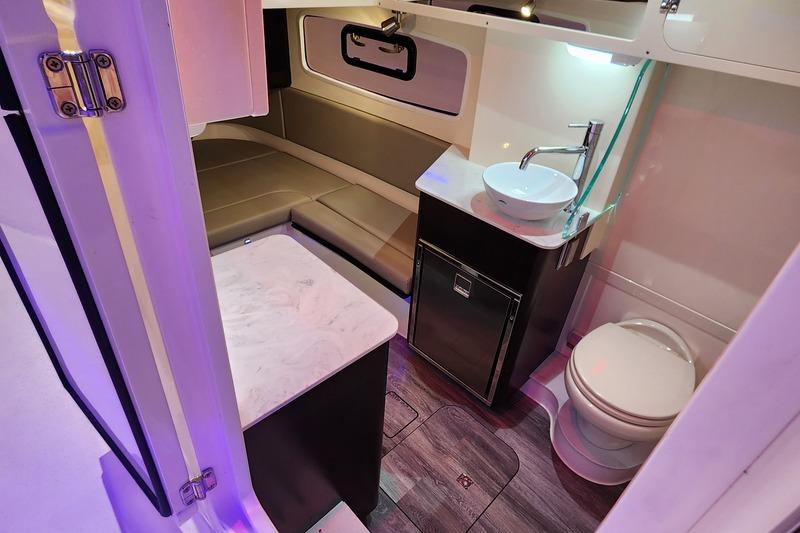
These two types of batteries tend to cost more than a wet-cell battery, but they don’t sulfate or degrade as easily as a wet-cell, and they typically hold a charge longer. For instance, you don’t have to worry about topping these up with distilled water since they do not require it. Gel cell and absorbed glass mat batteries, on the other hand, are a little easier to take care of.
BATTERY CHARGER FOR BOAT FULL
Also, while the battery is stored, you could use either a three or four-stage charge on the battery to maintain a full charge. To avoid this problem, you should first make sure that the battery is fully charged and that every few weeks, you check and make sure that the electrolyte level inside is topped up with distilled water. For example, storing a wet-cell battery with a low charge could cause the lead sulfate to form crystals, which is hard for the battery to convert back into lead and sulphuric acid during the charging phase. Now, before you store your battery, it is important to understand if you have a wet-cell, gel cell or an absorbed glass mat (AGM) battery. Although that’s just a theory, and I couldn’t find any evidence to support it. Some long-time boaters think that it is better for the battery now if it sits directly on a cold floor to help it hold its charge. Now, battery cases are made from polypropylene or other more modern materials, allowing the battery to be stored almost anywhere. That was true when battery cases were made out of natural rubber, but that’s no longer the way it is today. Long ago, it was said that storing a battery on a concrete floor would drain it quickly and cause it to lose its charge. Sometimes to the point where the battery is considered useless. What happens is that the liquid inside will freeze and cause the electrical connections to break and bend the plates, which will lower the batteries’ output. Marine batteries should never be left outside in the cold for too long because they can freeze. Indoor Battery Winter Storage:ĭuring the winter months, it is recommended that you disconnect your battery and store it inside someplace cool and dry, like in a basement or a workshop.

With your hand, twist and carefully pull up on the cable near the end and slowly slide it off the terminal.For this, you may need a wrench or a set of pliers to loosen the nut.First, start by removing the negative (black) cable.In addition to making sure the battery has a full charge, if you use a wet-cell battery, you should pop the cap on the top of the battery case and top the level with distilled water. That will allow them to sit safely for several weeks without draining. If you plan on storing your boat for a few weeks, disconnect the battery and make sure it has a full charge. Instead, you could look at using a charger that will help keep the battery fully charged. So because of that reason, you do not want to disconnect the battery. The reason for this is because you are going to want to make sure that the bilge pumps have power in case the water level rises inside the bilge. While your boat is in storage, over time, these items will slowly drain your battery, especially if the battery is wired directly to any of these objects.Īs I mentioned before, there are some circumstances when you do not want to disconnect the boat, and that’s when you are storing your boat in the water.

You might not be aware of it, but while your boat is turned off, your battery could still draw power from things such as the radio, bilge pump, fish finder, or even a clock.


Turning off the boats motor will not prevent the battery from draining. What I found out was that, yes, you should disconnect the battery if your boat is stored on land, but if you store your boat in the water, then no. One of the questions that I have asked myself was whether or not I should be disconnecting the battery while my boat is not in use.


 0 kommentar(er)
0 kommentar(er)
